There’s a lot of confusion, miscommunication, and misunderstanding about the .300 Blackout (300 BLK) out there in the firearms community.
This happens a lot with new cartridges. There are rumors and myths and hearsay about what it can do, and the truth is lost somewhere in all the noise.
It’s easy to find folks calling the .300 Blackout the next big thing, or to find those that think it’s not worth the brass in the casing.
What’s the truth?
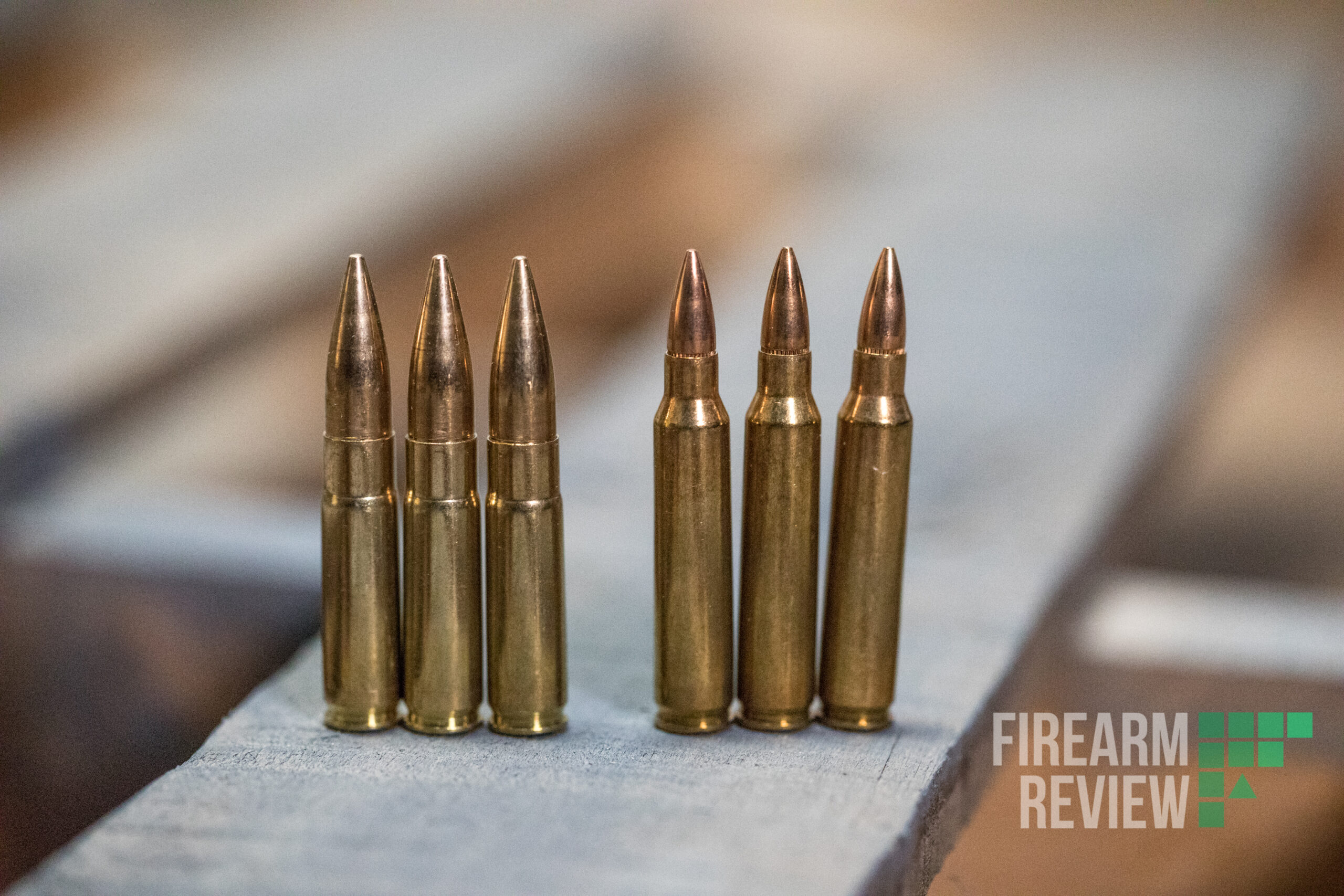
As in all things, it lies somewhere in the middle. Let’s get to the heart of the 300 BLK issue. This should give you everything you need to decide for yourself whether or not the .300 Blackout is worth your time.
What is .300 Blackout?
The .300 Blackout was designed by Advanced Armament Company (AAC), who is probably most famous for their suppressors. The idea was to have a round that was easily suppressed like a 9mm or .45 ACP but with the stopping power and range of a rifle cartridge.
This would hopefully result in a round that functioned well in an SBR (short-barreled rifle) and could theoretically function as an improvement over guns like the MP5 and MPX in stopping power while maintaining the suppressed qualities that made them so attractive to special operations forces.
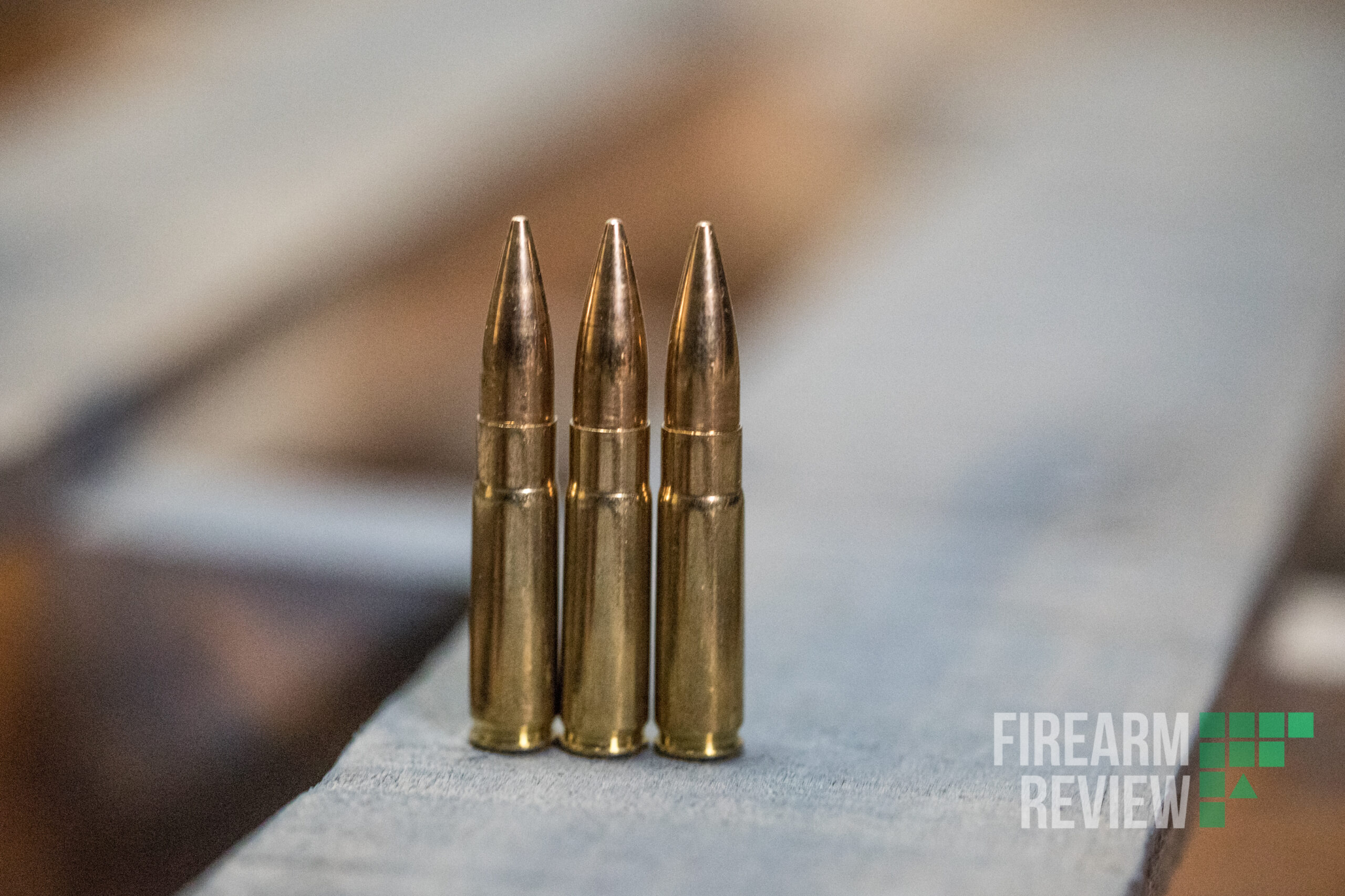
What’s more, they wanted to do it in a way that allowed a .30-caliber bullet to be fired from an AR-15/M4 platform, rather than the larger AR-10 platform. The hope was to emulate the ballistics of the popular and enduring Russian 7.62x39mm round, while still allowing the user to utilize standard AR-15/M4 bolts and magazines.
The case is formed by stretching the case of a .223/5.56 and trimming it down slightly.
Fast-burning powder allows the cartridge to be used in a much shorter barrel than your typical .223/5.56 gun, and the end result is a big, slow-moving cartridge that imparts more energy to close range targets, is less likely to over-penetrate in a home-defense scenario, and is more easily suppressed.
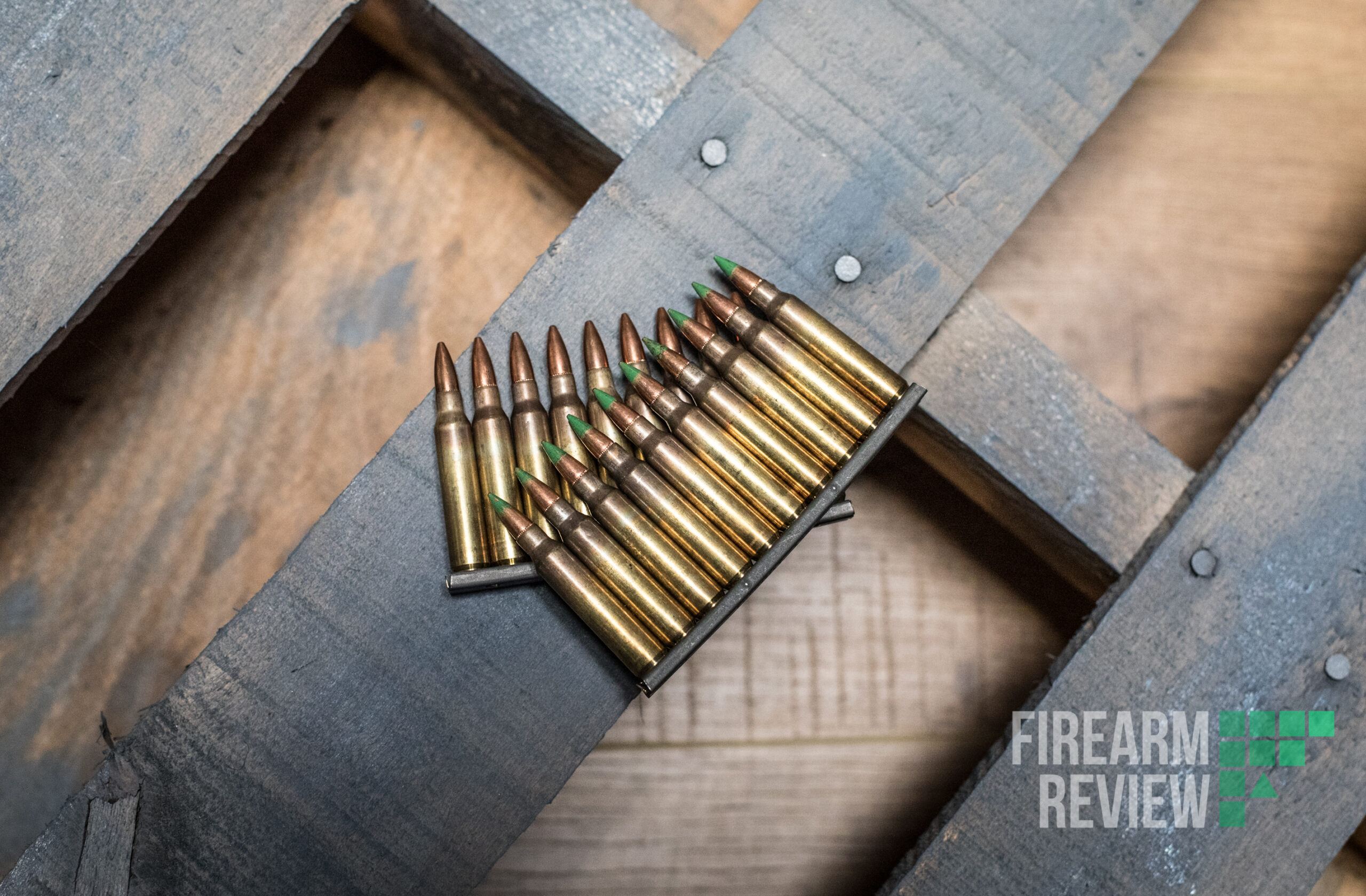
Robert Silvers, director of research and development for AAC said this of the .300 BLKs development:
“We started development in 2009, but most of the work was done in 2010. A military customer wanted a way to be able to shoot .30-cal. bullets from an M4 platform while using normal bolts and magazines, and without losing the full 30-round capacity of standard magazines. They also wanted a source for ammunition made to their specs.”
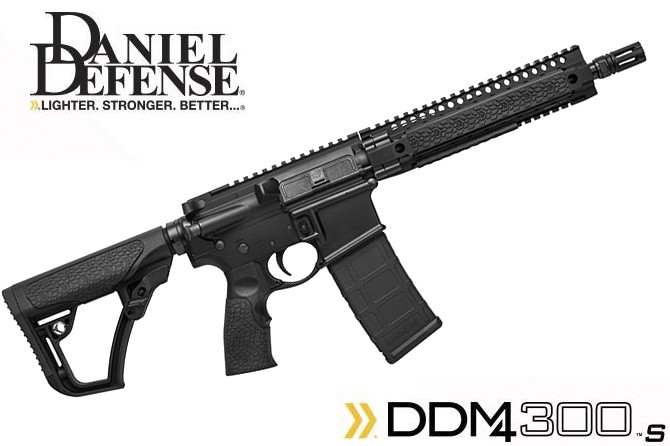
But while the military market was the primary focus of the .300 Blackout’s design, that doesn’t mean that civilians can get no use out of it. Far from it, in fact.
Now that .300 BLK is commonly available, civilian shooters, particularly hunters living in states that allow hunting with suppressors, are taking advantage of it’s excellent terminal ballistics inside 300 yards, and are using it to take everything from whitetail deer to feral hogs.
But is the .300 Blackout really that much of an upgrade over the .223/5.56 that is more common and considerably cheaper?
That’s a decision only you can make, but we’ll give you all the info you need to decide. Let’s start with the benefits of the .300 BLK over traditional .223/5.56.
The .300 Blackout and the AR-15
By itself, the .300 Blackout would likely have never really taken off. The important thing to note is that anyone who owns an AR-15 can take advantage of the .300 Blackout just by swapping out their upper.
This is great for the estimated 15 million or so AR-15 owners out there, and it means that the most popular rifle in the world just got a little more versatile.
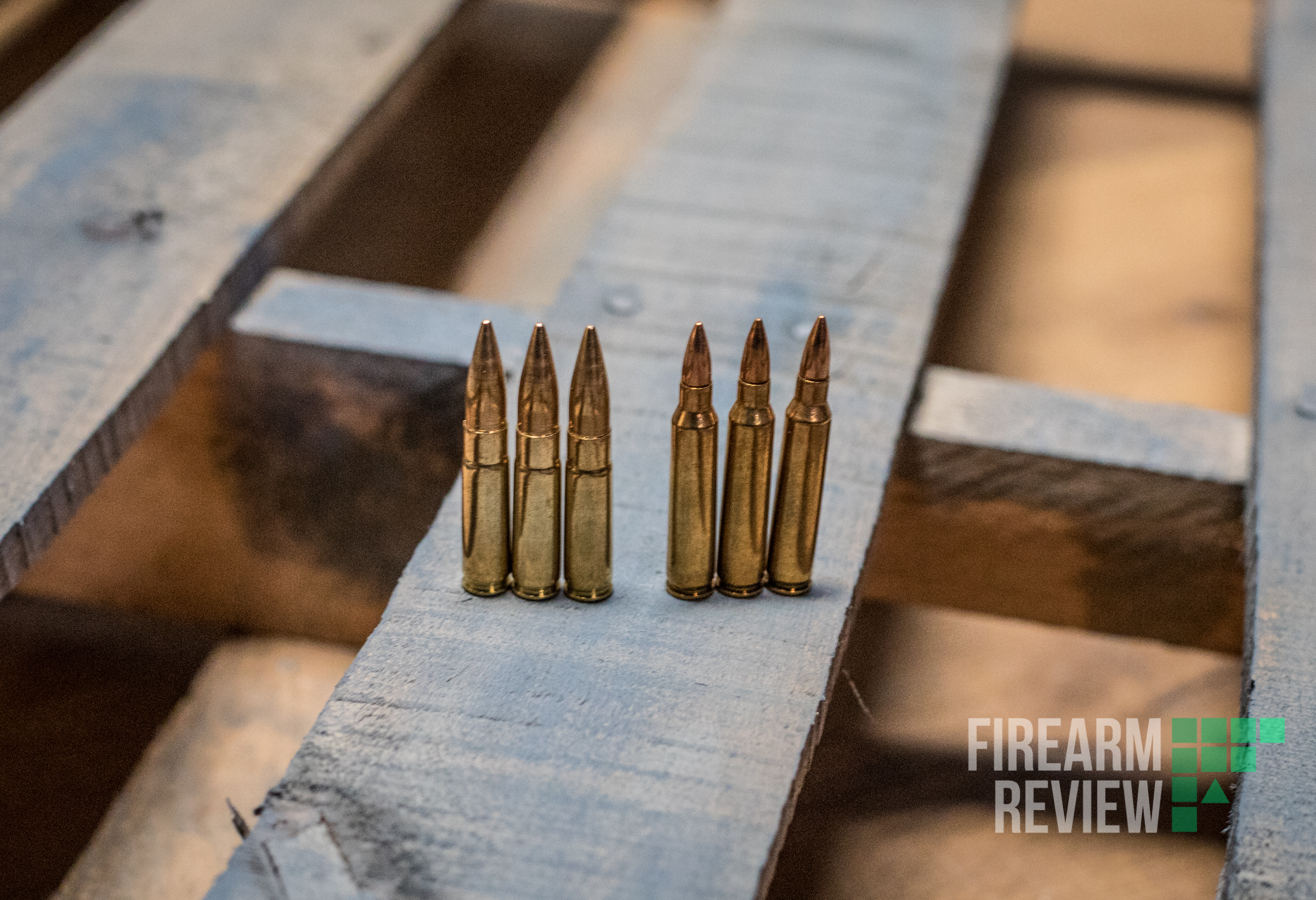
Like the .224 Valkyrie and 6.5 Grendel, a standard AR-15 lower will work just fine with .300 Blackout, provided the bolt and barrel are correct for the new caliber.

Palmetto State Armory 7.5" 300 Blackout Upper
Pros
- Great budget option
- Easy upgrade to an AR-15 Pistol
Cons
- Requires a "Pistol" Lower
This gives those who already own a .223/5.56mm AR-15 a huge boon in that they suddenly have access to a .30-caliber projectile with (in some situations) more advantageous ballistics.
Then we have the inherent shortcomings of the .223/5.56 cartridge.
First, bullet size. The largest .300 BLK bullets come in at a hefty 220gr size that puts the bullet on par with some .45 ACP rounds. The largest bullet available for the .223/5.56 is a much-smaller 85gr, with 77gr being more common, and 55gr being by far the most common.
Next, you have the barrel length requirements. A .223/5.56 cartridge needs a minimum of 12” of barrel to burn all its powder.
That means that anything shorter results in a massive fireball at the end of the barrel, which is terrible for home defense, hunting, and night use. It also means that adding a suppressor to a 12” barrel results in a much longer gun as a suppressor is going to add about 6”-8” to the rifle.
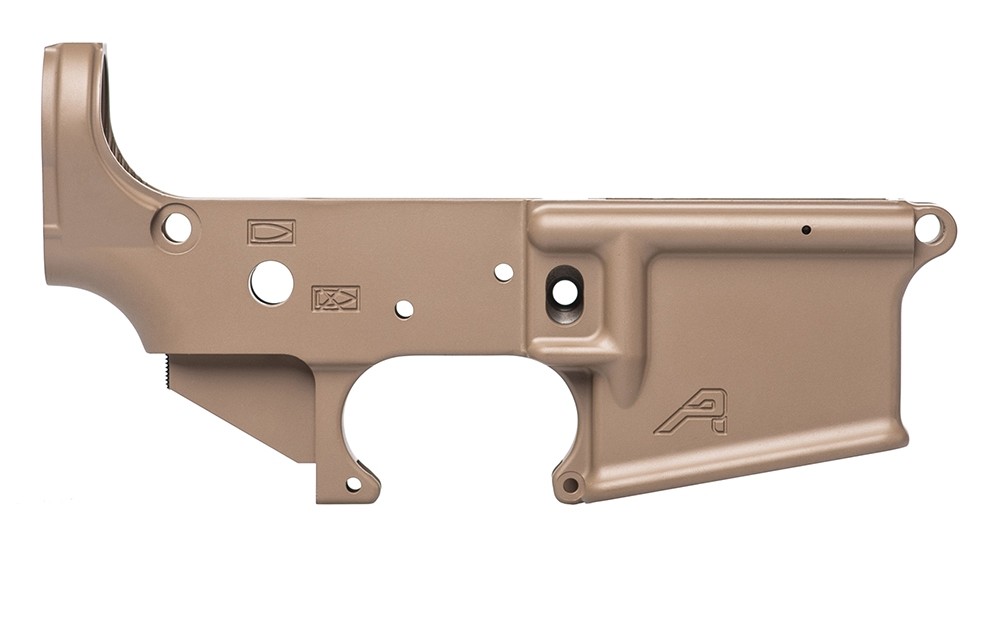
Aero Precision AR-15 Lower
Pros
- Industry leader in quality and reliability
- Blems are often much cheaper than standard
- Lots of options of color, style, and custom work
This makes a suppressed .223/5.56 rifle much less maneuverable, especially in tight spaces like inside a home, or when moving through thick brush on a hunt.
A .300 blackout cartridge can burn all its powder sufficiently in a barrel half that length, in the case of the popular SIG MCX. This rifle comes suppressor-ready with a 6” barrel. That means that with the average suppressor you get a rifle that is the same length as a .223/5.56mm rifle without a suppressor.
Full powder burn can be achieved with a mere 9” barrel.
Now, looking at this, it might be easy to say that .300 BLK is clearly superior. You There are some cases where 5.56 is still the winner, however.
First is the price. Ammo for a 5.56 rifle is going to be much, much cheaper than .300 Blackout, even a few years on after the release of the round. If you’re looking to save money at the range, this may not be the best option for you.
Next, velocity and terminal ballistics at range, which you can see below.
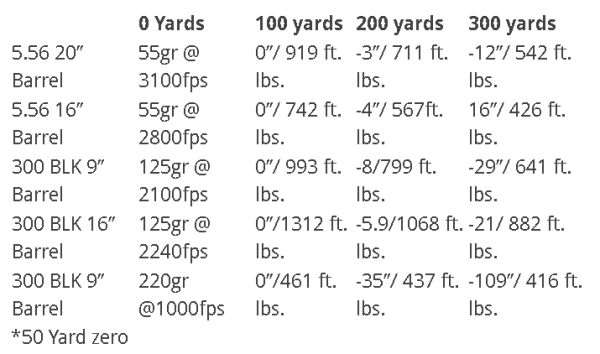
While the larger 300 Blackout bullets carry more energy to the target, they also shed that energy quicker, and don’t maintain velocity as well. If you’re looking to reach out much past 300 yards, you might be better off looking elsewhere.
300 Blackout External Ballistics
The reason for this velocity and energy loss at range is because of 300 Blackouts relatively middling ballistic performance. The round has a high ballistic coefficient (ratio between section density/mass and aerodynamic performance among other things) but relatively low velocity, especially compared to the 5.56.
This makes the 5.56 a faster, flatter, and farther shooting round. While the BC of the 300 Blackout is relatively high for its casing size, it doesn’t have the powder behind it to take optimum advantage of its shape.
This also makes the 300 BLK more susceptible to wind drift and bullet drop, meaning you will have to compensate much more for these factors when trying to make long-range shots.
Terminal Ballistics
On the surface, the .300 Blackout’s larger bullet weight would seem to make it a better choice for hunting or self-defense, but that’s not actually a guaranteed thing.
First, there’s the fact that modern hollowpoint ammunition has decreased the additional benefit you get from using a larger caliber weapon. So for example, there’s no longer as much difference between the popular 9mm and .45 ACP cartridges when loaded with modern self-defense rounds.
The same is true here, and you really don’t get that much difference in terminal performance against a soft target between 5.56 and 300 BLK. This is because the velocity of the 300 Blackout is significantly lower, which offsets the soft target benefits of the heavier bullet.
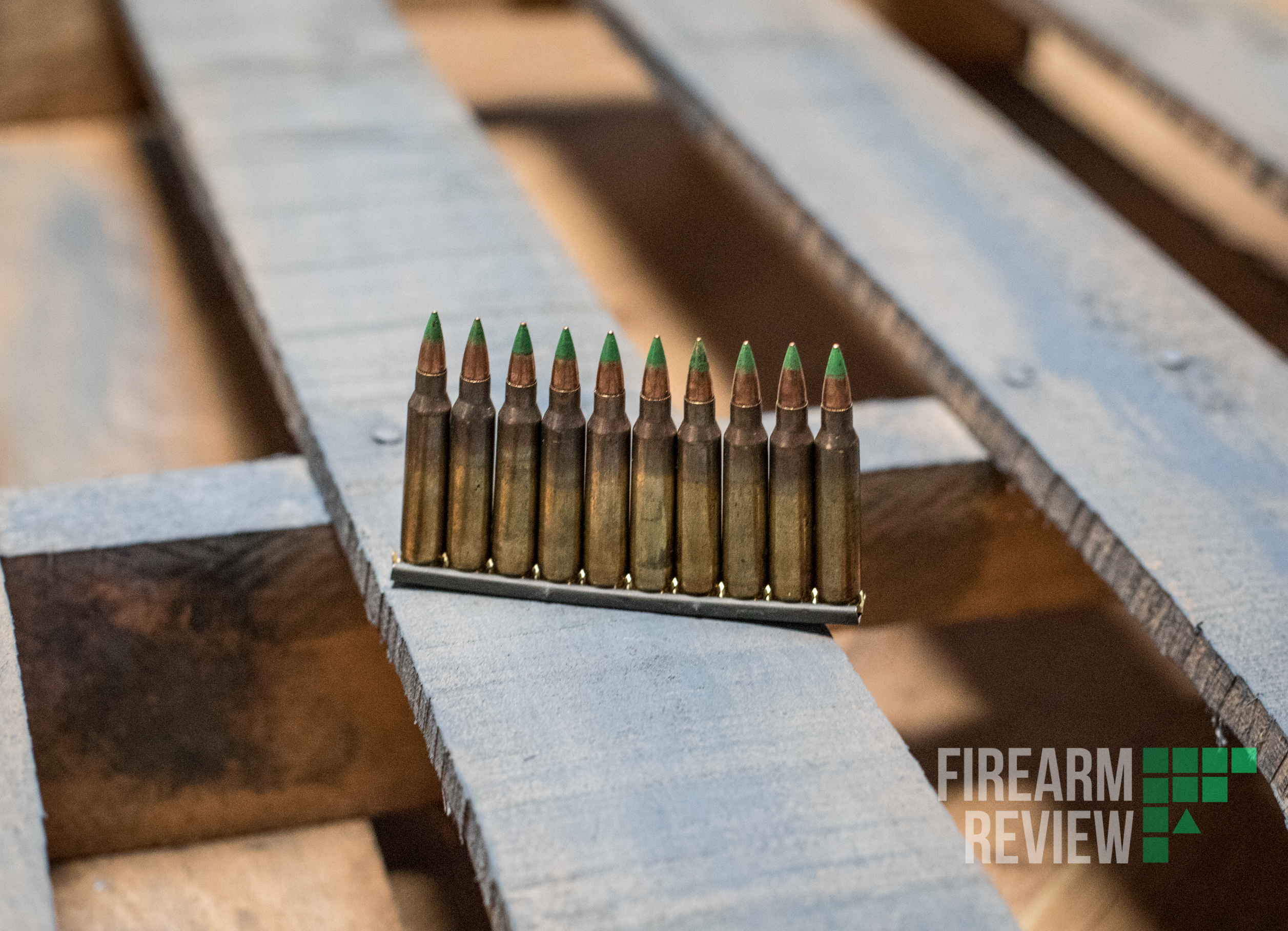
You just don’t get that much more energy transferred to the target with 300 Blackout, especially at range, because of the slower velocity.
What’s more, the 5.56 round tends to fragment violently on impact, given its relatively high velocity in relation to it size. A 300 Blackout round, especially the larger 220gr variants, may hold together more and thus create a smaller overall wound channel.
Now, there are certain cases where the terminal ballistics of the 300 Blackout are preferred.
First, if you’re looking for something with barrier-penetration capabilities, 300 Blackout is superior because of its lower chance of fragmenting when encountering something like a car door.
This makes the round attractive to law enforcement, the military, and certain PMC organizations operating in a primarily urban environment.
Next, hunters going after medium game such as whitetail and feral hogs at short distances (less than 150 yards) will like the larger bullet and superior terminal ballistics at what amounts to a close distance situation.
300 Blackout vs 5.56 NATO and Suppressors
Of course, any judgment on the effectiveness and worth of the 300 Blackout wouldn’t be complete, or entirely fair, without answering the suppressor question.
The 300 Blackout was designed to be used with suppressors after all, and this is where it shines. Because the round burns its powder so quickly, and because of the larger 220gr, subsonic bullets, you can get much better performance out of a suppressed .300 Blackout round than any .223 or 5.56 round.
Remember, sound travels at about 1,100 feet per second at sea level, so any bullet traveling faster than this is going to create a loud sonic boom. When you hear the report of a firearm, about half of what you’re hearing is the sonic boom, and most of the rest is the actual powder detonation.
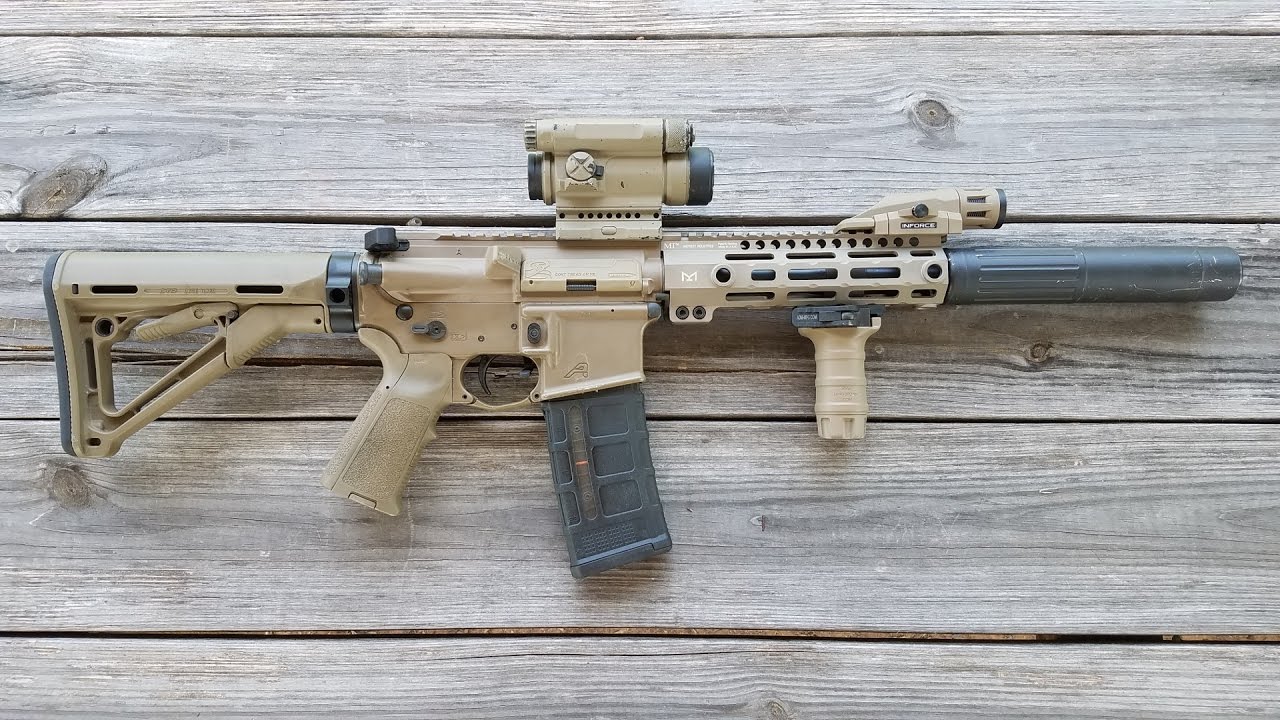
A subsonic bullet eliminates this first half and leaves you with a much quieter report, which is desirable in almost all situations but especially hunting and home defense.
Now, a suppressor added to the equation will remove most of the sound of the detonation of the powder when the round is fired, so combining a suppressor with a subsonic bullet gives you a very quiet, hearing-safe experience (although not nearly the type of performance mythical “Hollywood suppressors” give you).
This sounds like it would be great for both hunting and home defense, but only the latter is really true. For anything past 50 yards or so, a suppressed, subsonic 300 Blackout round isn’t going to have the impact and energy transfer to secure a clean, ethical kill against anything but small game, and even then you should probably be using a supersonic round.
But unless you live in a disused aircraft hangar, no reasonable home-defense scenario is going to require a shot at more than 50 yards, so the subsonic + suppressor combination is more than viable here, especially when you take into account the hearing safety benefits for you, your loved ones, and any pets in the home.
So, with all that said, which one is better?
Well, which is better 9mm or .45 ACP? 5.56 or 7.62 NATO? Peanut Butter or Chocolate?
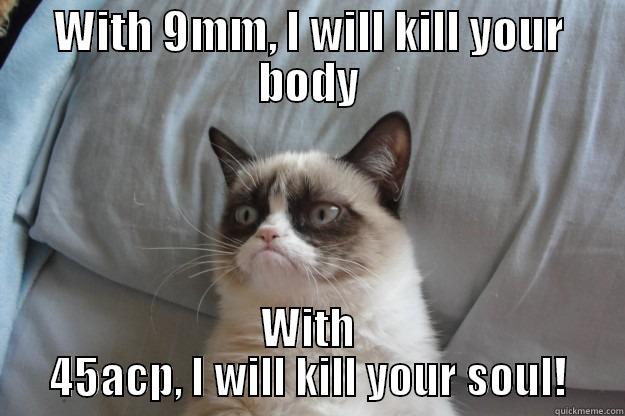
In the end, it depends on who is shooting, and for what purpose. We’re going to go over some common shooting scenarios and pick the best option for each.
Keep in mind, both of these rounds can fill each other’s role fairly well…so really it’s all down to preference and what trade-offs you’re willing to accept, vs what tradeoffs you aren’t.
5.56 vs 300 Blackout For General Shooting
If you’re just looking for something to take to the range for training or plinking, even punching paper, you’re probably better off with 5.56.
For one, its cheaper. Training with .300 Blackout and really putting in the time to improve is going to be far more expensive than just shooting 5.56, and when your target is just a piece of paper or a can sitting on a berm, 5.56 is more than sufficient and the additional size of the 300 BLK is a little overkill.
We recommend training with a cheap, bulk 5.56 like Federal XM193, which can be had for less than a third of the cost per round of your typical .300 Blackout round.
5.56 vs 300 Blackout for Home Defense
If you’re leaning towards a rifle for home defense instead of a pistol or shotgun, 300 Blackout may sound like a superior choice, but this isn’t necessarily the case.
One factor you always have to consider in a home defense scenario is over-penetration.
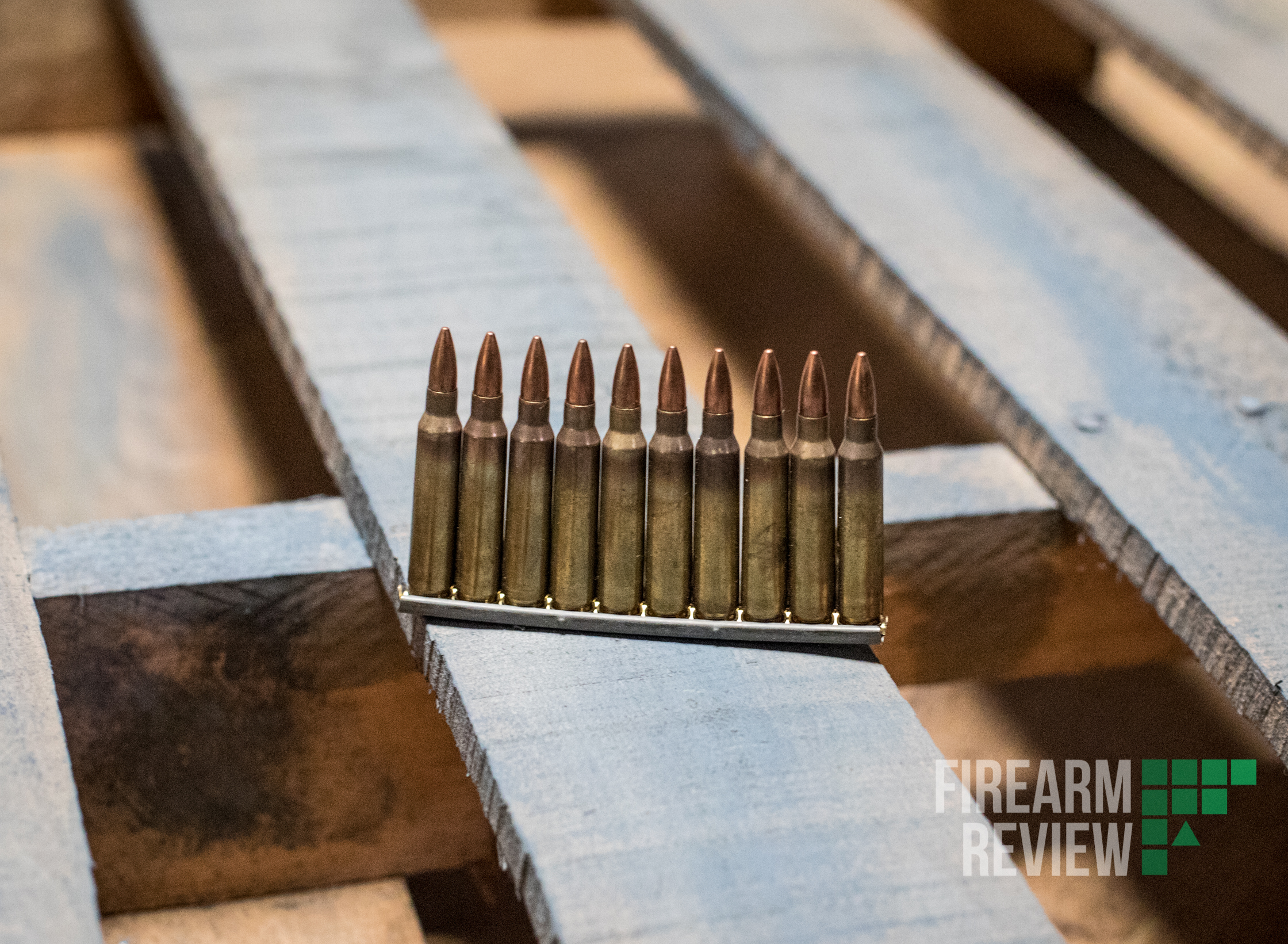
Unless you live alone in the middle of nowhere, with no pets or livestock around, you can never be 100% sure that there isn’t a living being behind your target, and even if you hit your target, a rifle round with good penetration may keep going to disastrous effect, especially if you live in a community development or apartment.
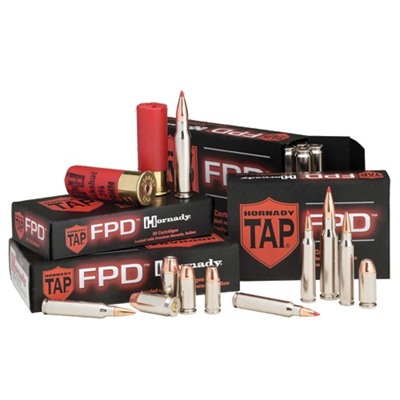
Hornady TAP FDP 55gr
Pros
- Polymer tip ensures expansion
- Consistent loading, great ballistics at range
Cons
- Price reflects the fact that this is self-defense ammo
In this area, it may be best to choose 5.56 over 300 BLK, due to the latter’s increased barrier penetration and lower likelihood of fragmentation.
However, if you’re shooting a short-barreled weapon with a suppressor (assuming such things are legal in your state) with subsonic ammunition, .300 Blackout gets the advantage due to the much lower over-penetration chance and much safer report volume. This allows you to protect those inside your home, and their hearing, without endangering those outside of it.
5.56 vs 300 Blackout For Hunting
Hunting with either the 5.56 or 300 Blackout is typically going to limited to small to medium game, think prairie dogs to whitetail. In that sector, 5.56mm is generally going to be superior thanks to its increased velocity at range and more desirable terminal ballistics.
There are some exceptions, however.
For one, hunting with a suppressor. If you’re using a suppressor to help protect your hearing, .300 Blackout is going to be a better choice as you can get away with a shorter barrel, thereby leaving you with a much lighter, more maneuverable rifle.
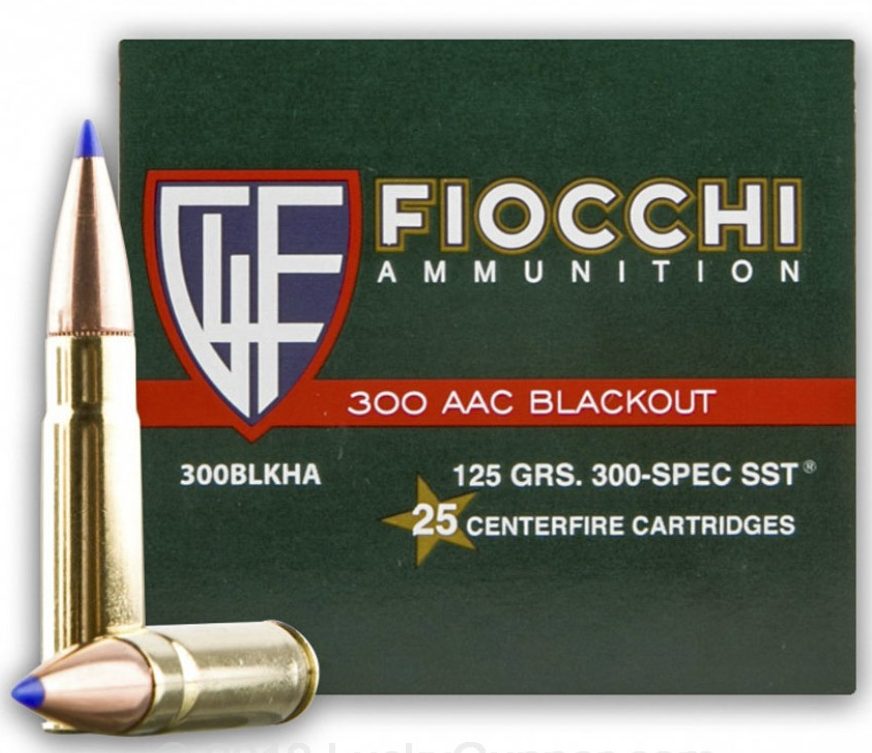
Fiocchi 300 AAC Blackout 125gr SST
Pros
- Great penitration
- Designed for self-defense, also useful in hunting
Cons
- Runs out of stock often
While you shouldn’t use subsonic rounds and thus will lose some suppressor performance (nothing a suppressor can do about a sonic boom), you’ll still have a much quieter round than you would otherwise, which is much better for your hearing.
5.56 vs 300 Blackout For Survival Prep
For an end of the world scenario, or just for a survival cache in the wilderness, which cartridge is superior? Which should you pick? That’s easy!
Both.
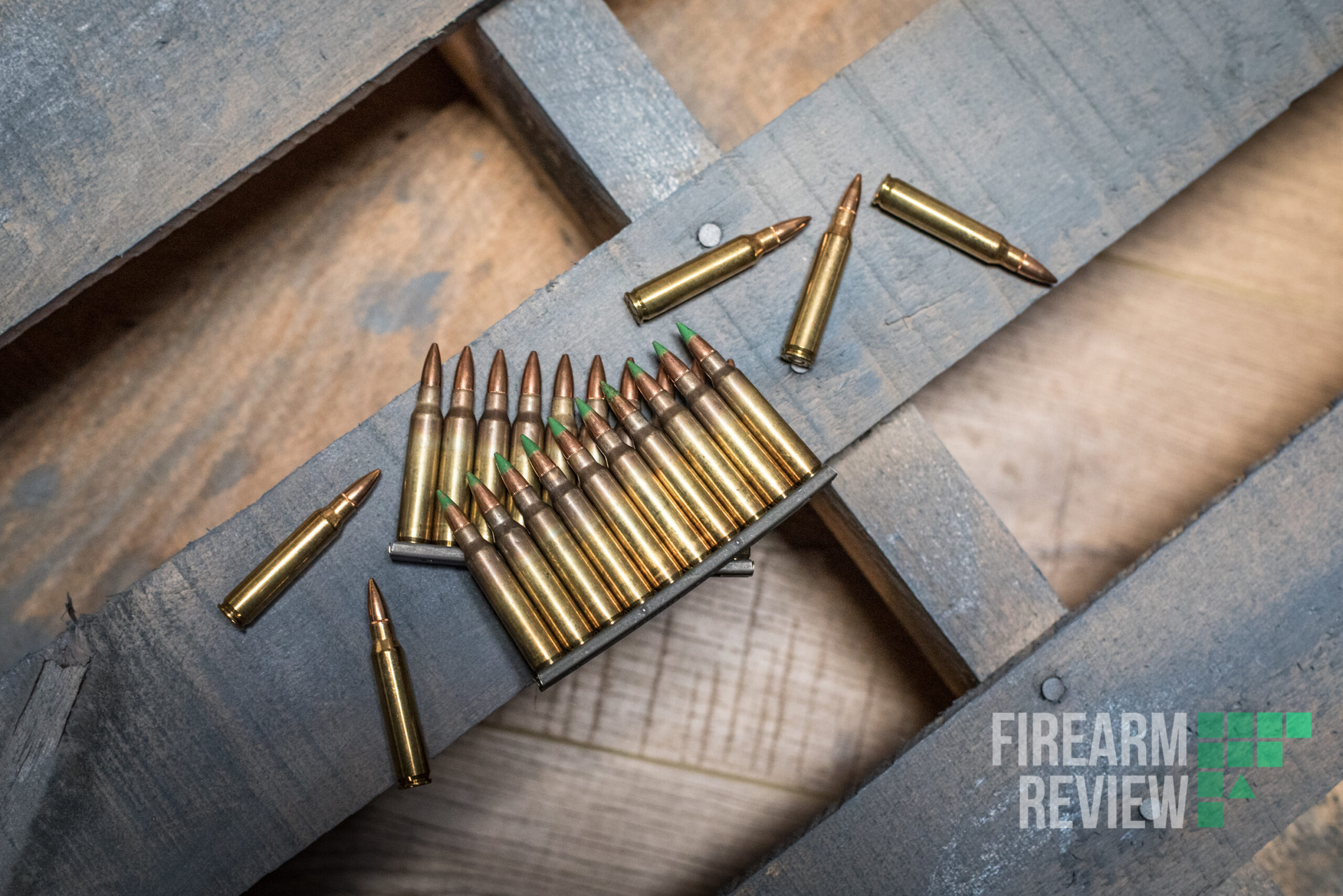
Because 300 Blackout uses the same lower, the same mags, and the same cases, all you need to be able to run it in your AR is a new barrel or upper. The same bolt, lower, and everything else will work just fine.
In this type of scenario, whether you’re prepping for the breakdown of civilization, or just for a safe place to shelter in case of hurricane, earthquake, or man-made disaster, the ability to shoot both rounds is far superior to being forced to pick one or the other.
We recommend having at least a few AR-15 uppers lying around if you’re looking at this type of prepping and survival planning, specifically the 5.56 upper that’s probably already on your rifle, something in .300 Blackout, and something in 6.5 Grendel or .224 Valkyrie.
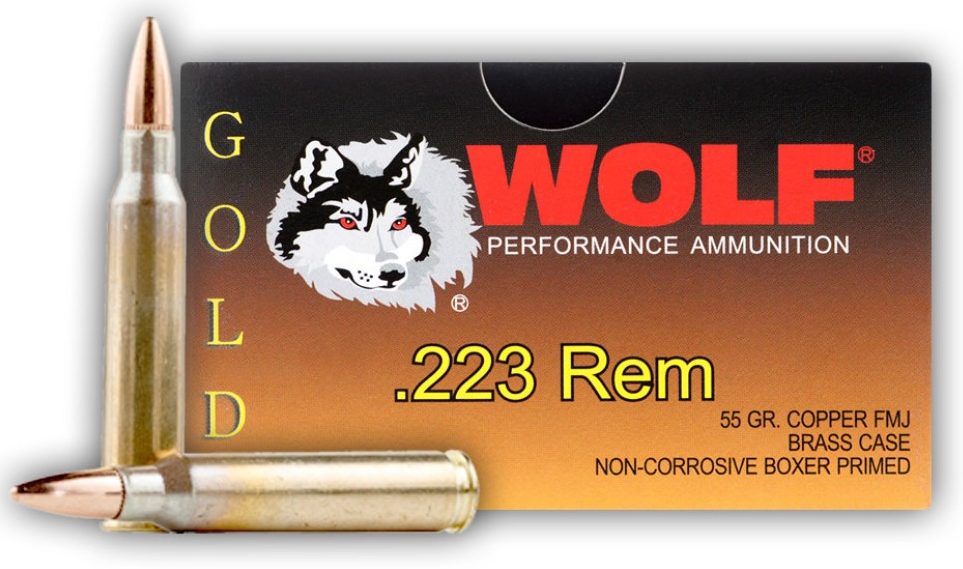
Wolf Gold 55gr .223 FMJ
Pros
- VERY budget friendly
- Best budget brass cased 5.56/223 on the market
Cons
- Loadings can be inconsistent
This will give you broad coverage of popular cartridges and will make scavenging ammo easier, or just give you more options when it comes to dealing with a bad situation as each of these rounds have their strengths and weaknesses.
Best 300 Blackout Uppers and Ammo
If all this has got you interested in trying out .300 Blackout, remember that all you need is a barrel or upper assembly and ammo, and you’re ready to shoot .300 Blackout from your regular old 5.56 gun.
Our recommended upper comes from a familiar name: Aero Precision. The Aero Precision .300 BLK AR-15 Upper Receiver is one of the best uppers around, especially in the .300 Blackout chambering, and is perfect for getting your feet wet with the cartridge.
Palmetto State Armory also has a wide selection of uppers available in 300 BLK, with and without BCGS and charging handles, and in a variety of lengths from 7.5” pistol uppers on up.

Palmetto State Armory 7.5" 300 Blackout Upper
Pros
- Great budget option
- Easy upgrade to an AR-15 Pistol
Cons
- Requires a "Pistol" Lower
PSA’s 16” offering typically comes in around $250, making it perfect for those looking to stash a spare upper somewhere or just try out 300 BLK without breaking the bank.
Ammo wise, we recommend the Barnes VOR-TX 120gr loading for supersonic applications like hunting, and the Remington Express 220gr loading for suppressed applications. These two rounds will give you a wide variety of coverage over common uses of 300 Blackout.
Conclusion
300 Blackout won’t ever replace the venerable 5.56mm round, but it wasn’t meant to. For what it is, 300 BLK is a quality cartridge that fills a very narrow, but important niche. If you’re looking to get optimum performance out of a short barrel, especially with a suppressor, this may be the round for you.
What’s your choice? 5.56 NATO? 300 BLK? Both? Let us hear all about it in the comments! You might also like to check out the Best 300 Blackout Ammo, too!


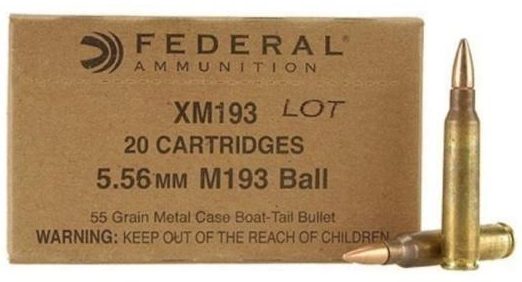

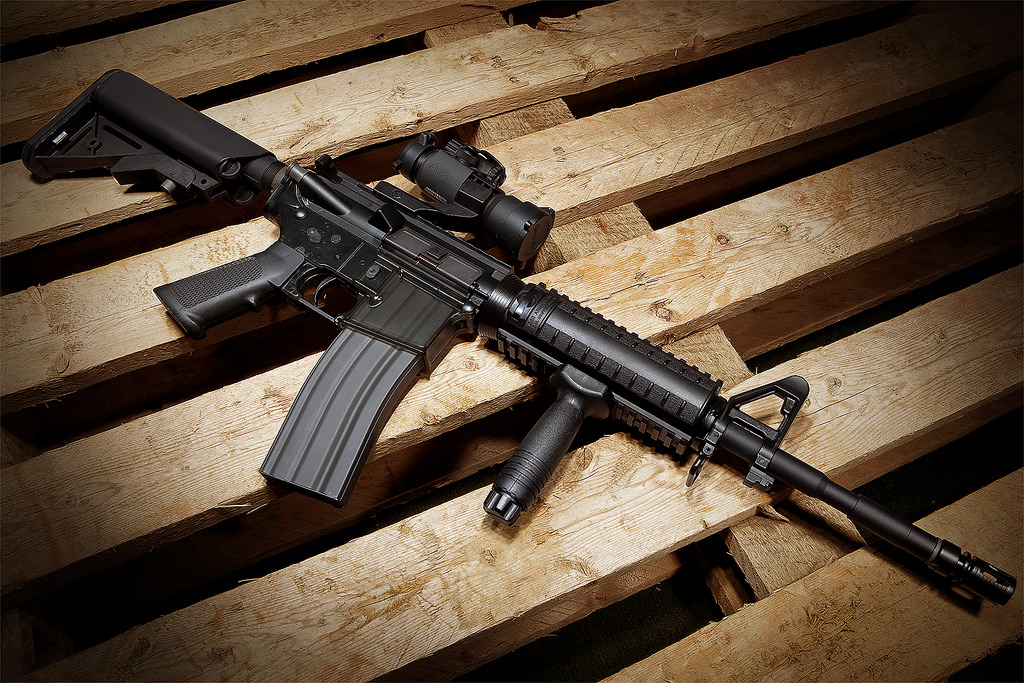
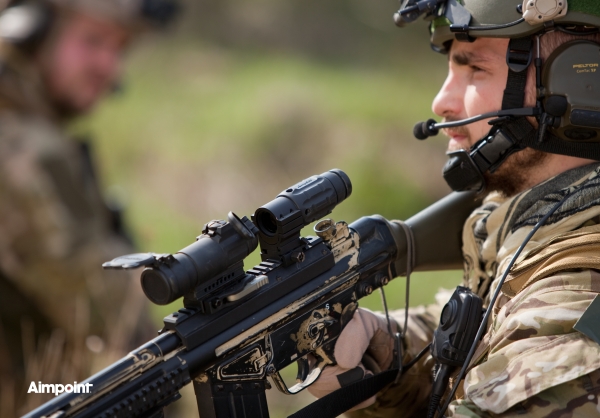
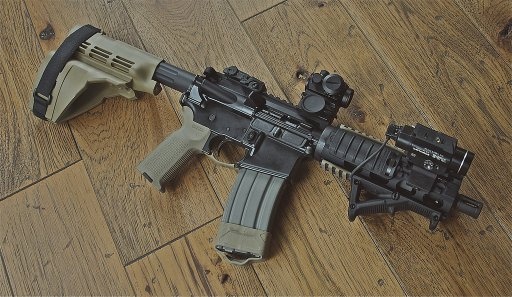
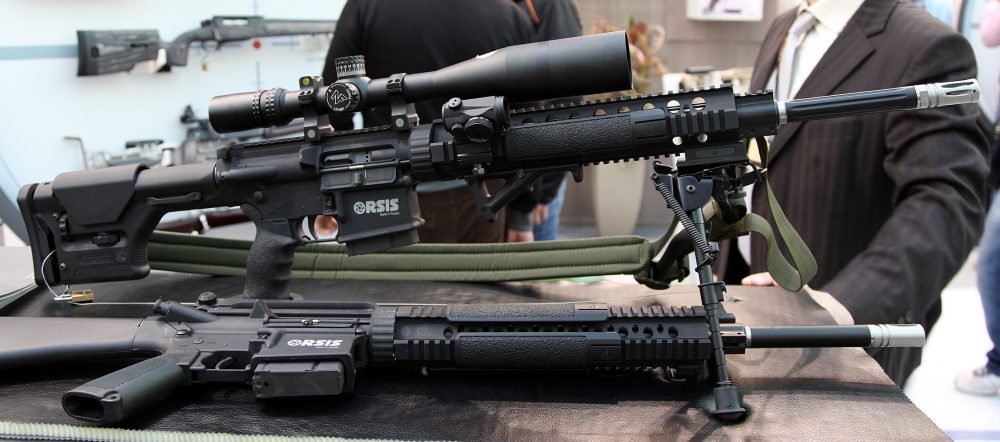
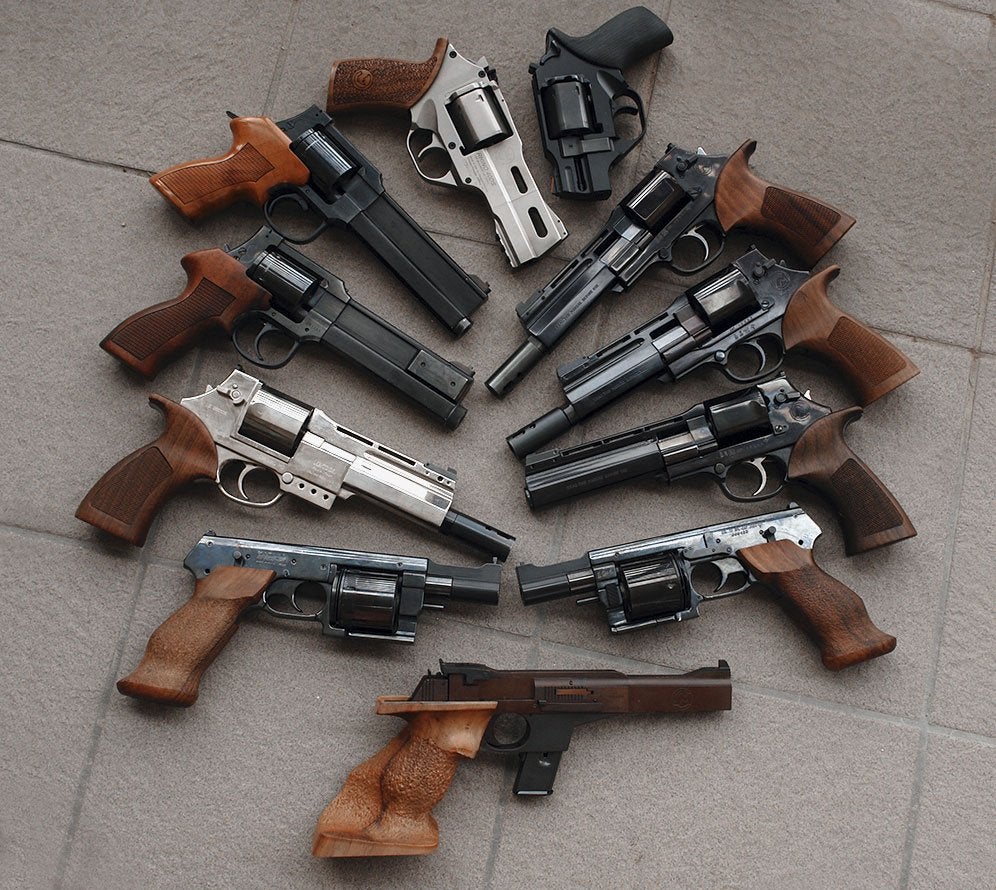
Very useful article. Thanks!
The author falsely assumes energy transfer is paramount in ‘achieving ‘stopping power’. It is not; maximizing cross-sectional area of tissue damage in major organs leading to the most rapid bleeding is. Also, 5.56 tends to either drill a small hole and over-penetrate, or with hollow points, it tends to fragment, failing to penetrate adequately. The best .223 for defense is something like Federal’s 62 gr. Fusion bonded soft point that holds together for adequate penetration while affording modest expansion. Yet the .300 in a frangible supersonic load can do the same, only better as it will expand more due to… Read more »